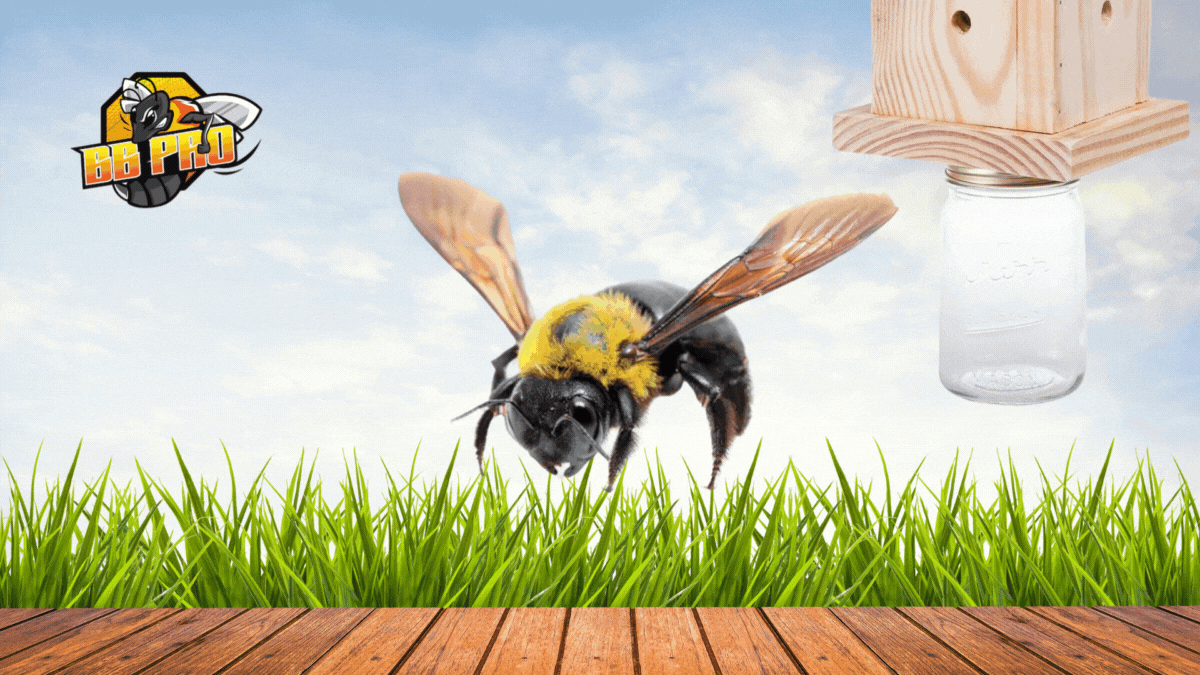
The Surprising Reason Bee Houses Don’t Stop Carpenter Bees
Relying on a bee house alone is like spraying perfume on a mold problem—you’re covering it up, not fixing it.
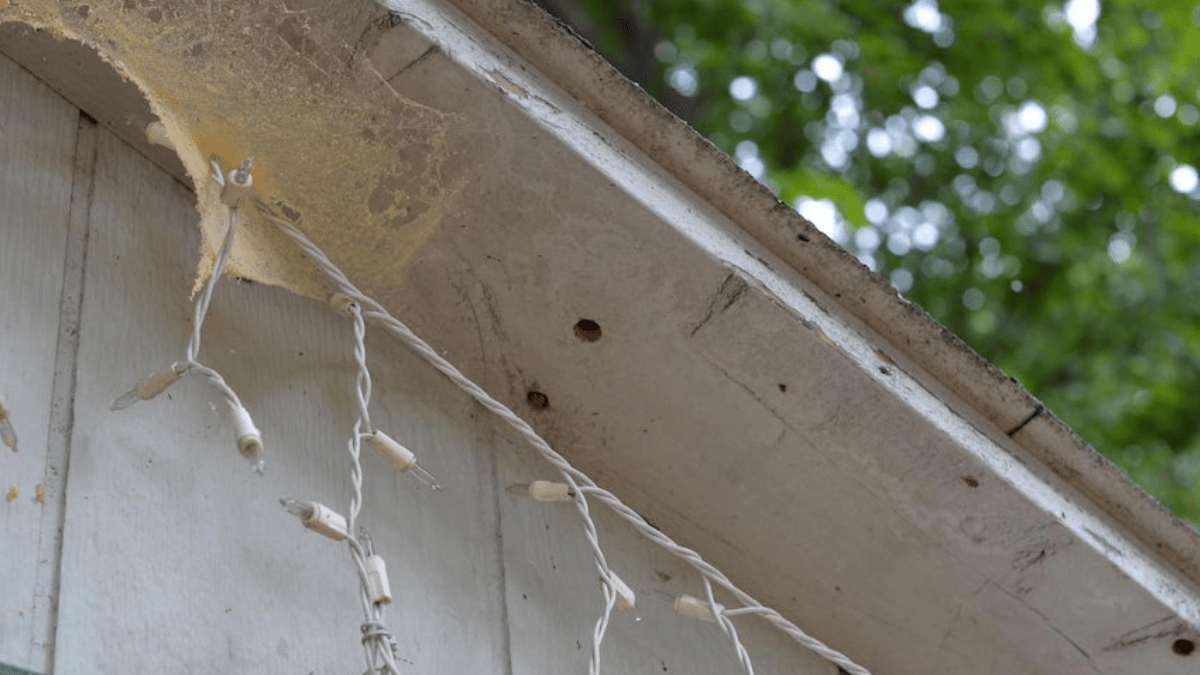

You step outside, coffee in hand, and spot a few carpenter bee holes in your wooden deck rail. Worse yet, it’s just the beginning—the first of many across your property. If left unchecked, these small holes could lead to costly repairs in just weeks.
Grab the BB PRO® Carpenter Bee Deterrent & Treatment 2-Pack Bundle now—block active holes, stop future damage, and protect your wood the smart way.
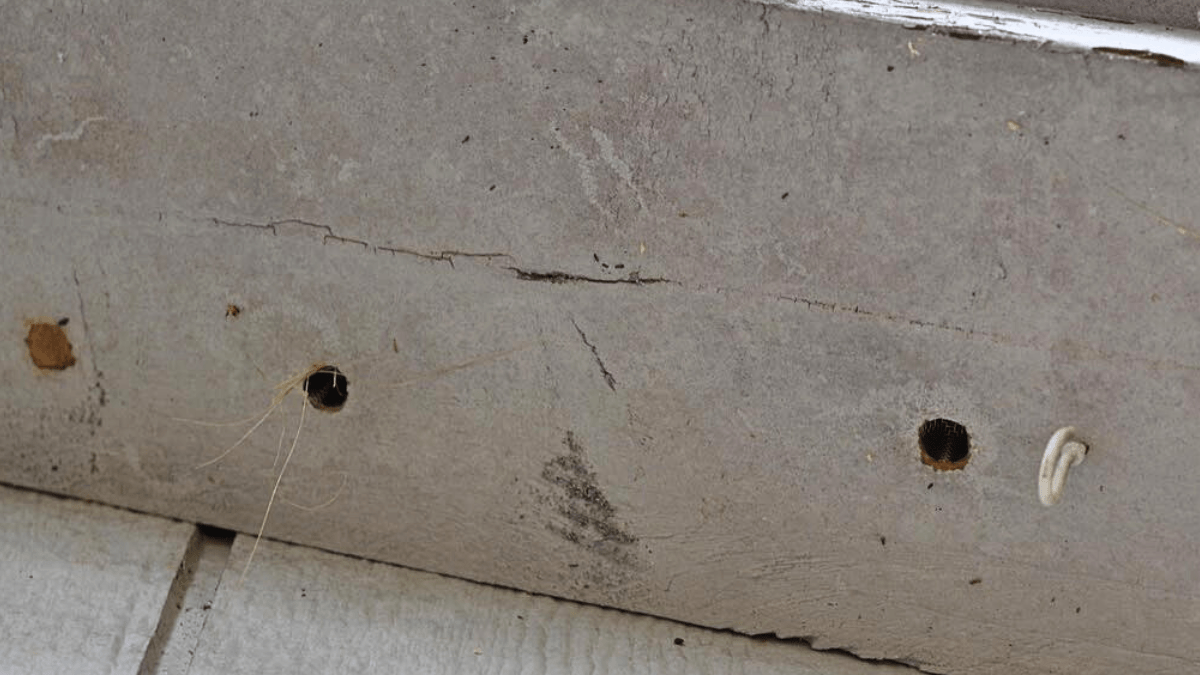
Carpenter bees don’t just nibble on wood like termites—they destroy it, drilling deep into your home with surgical precision to create a nursery for their eggs.
But that’s not the worst part. Here’s the kicker: These bees aren’t alone. As the holes grow, they draw in woodpeckers—the last thing you want. Why? Woodpeckers are drawn to carpenter bee holes because the larvae inside provide an easy, high-protein meal. The woodpeckers start tapping on the wood, making the problem even worse.
One hole quickly becomes a feeding ground for pests, adding to the damage, and costing you big bucks in repairs.
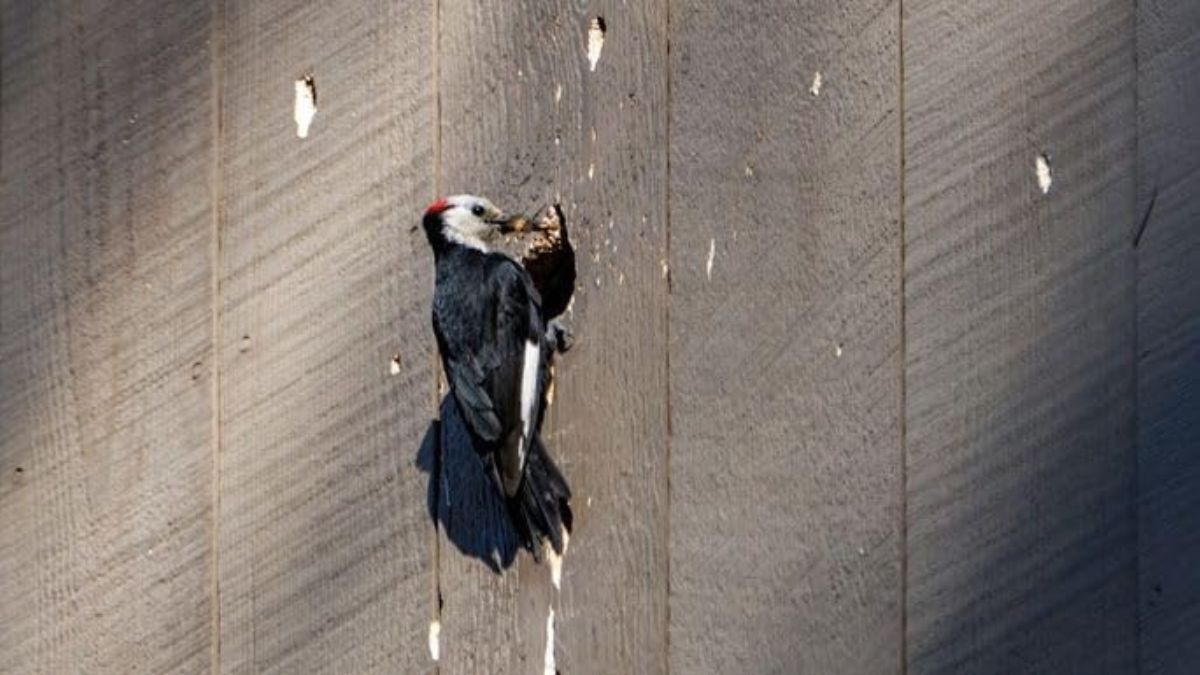
It’s almost always:
You’ll usually find these in:
Ignore one hole, and by next spring, you could have serious structural damage.
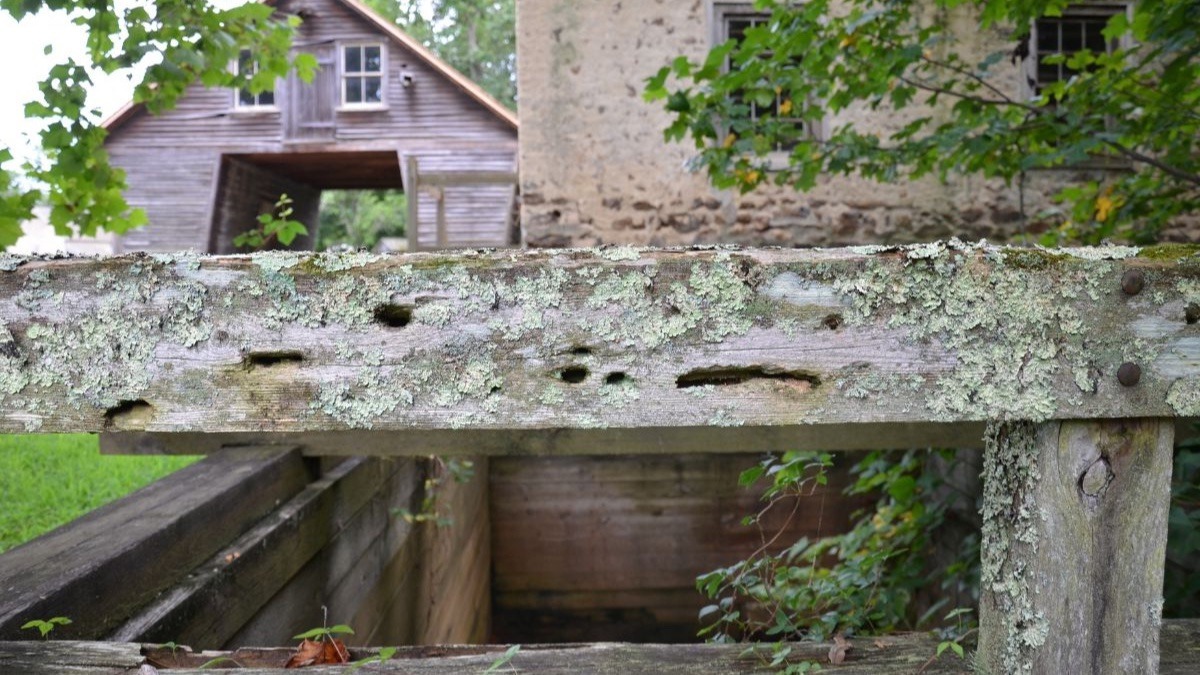
Many homeowners make the same mistake:
“Just put a little wood filler in there and paint over it.”
Wrong.
That’s like putting a Band-Aid over a leaking pipe. Carpenter bees chew through wood. They will chew right through paint and wood filler. We’ve seen it before.
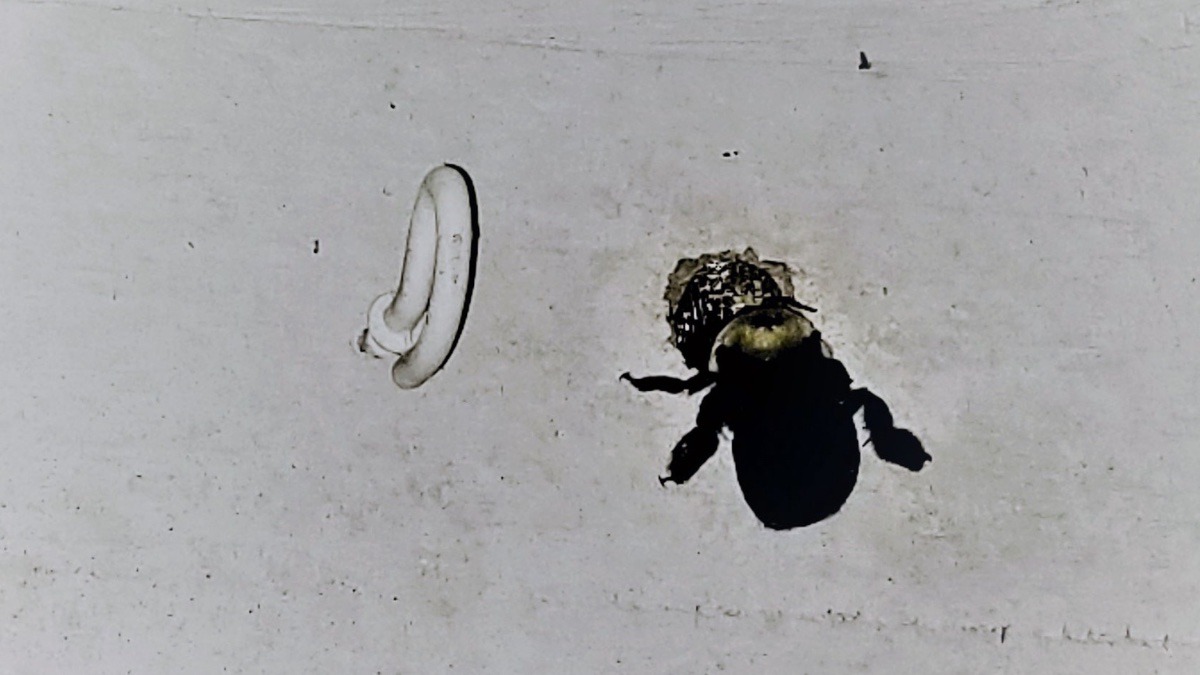
Forget poison. Forget badminton racquets and screaming at bees.
Use what works.
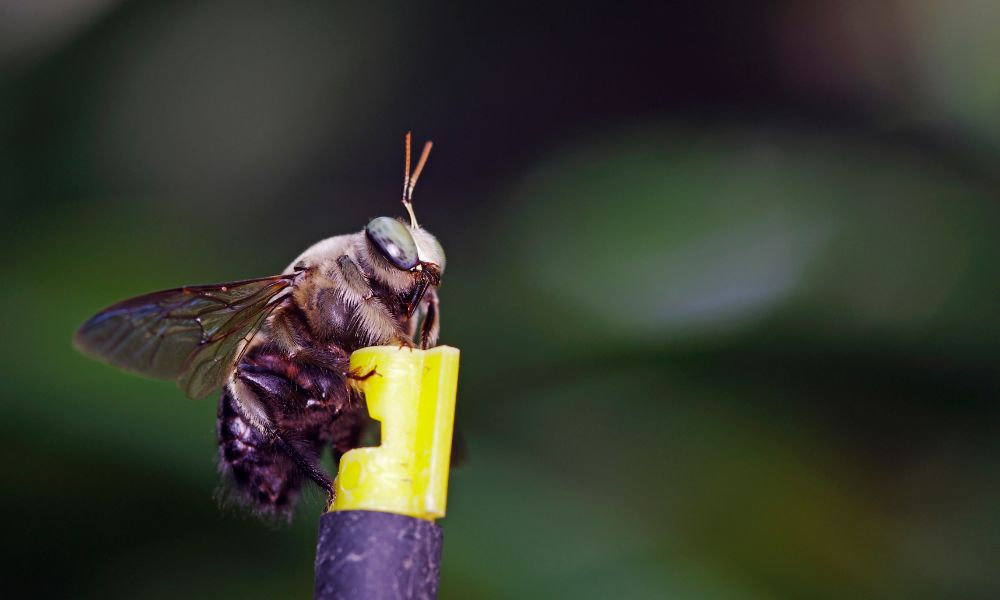
The BB PRO® Carpenter Bee Blocker Pro Trap & Repellent Kit is built to stop carpenter bee damage at the source.
Bees fly in, expecting to nest. They can’t get in your wood. You plug the holes, walk away, and watch the problem solve itself.
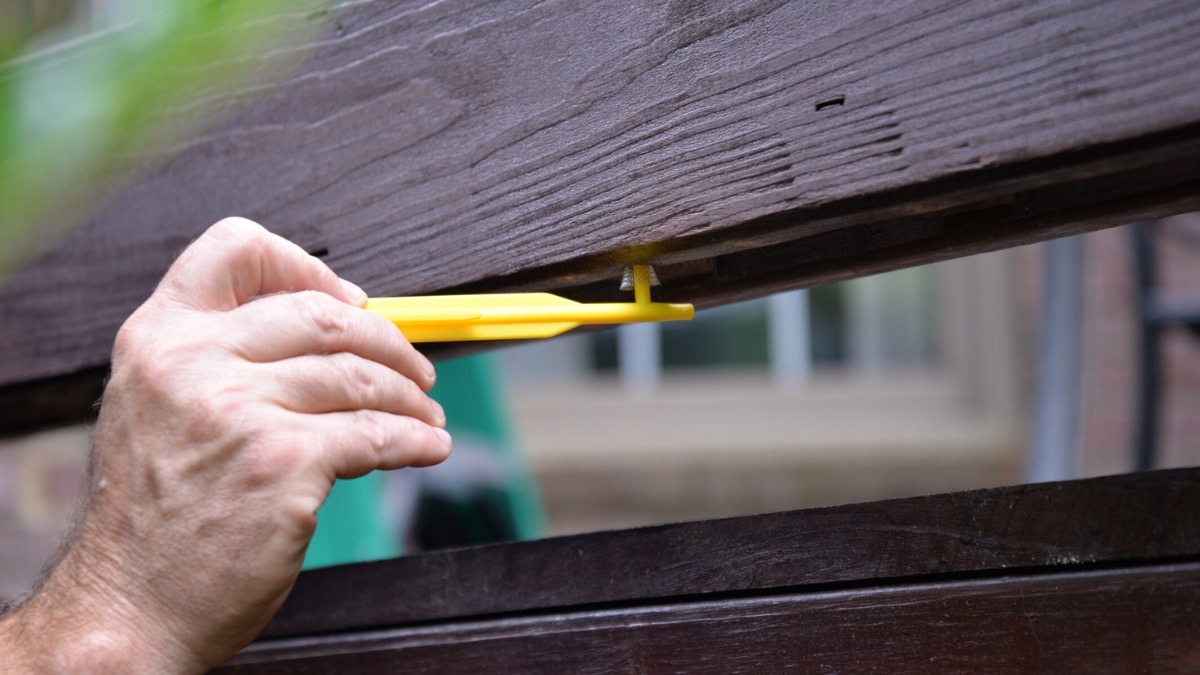
Some users have stopped dozens in days. Others replaced every homemade trap house with BB PRO and haven’t looked back.
Don’t panic. Do this:
It’s a warning shot.
One carpenter bee hole leads to five. Five holes turn into structural damage.
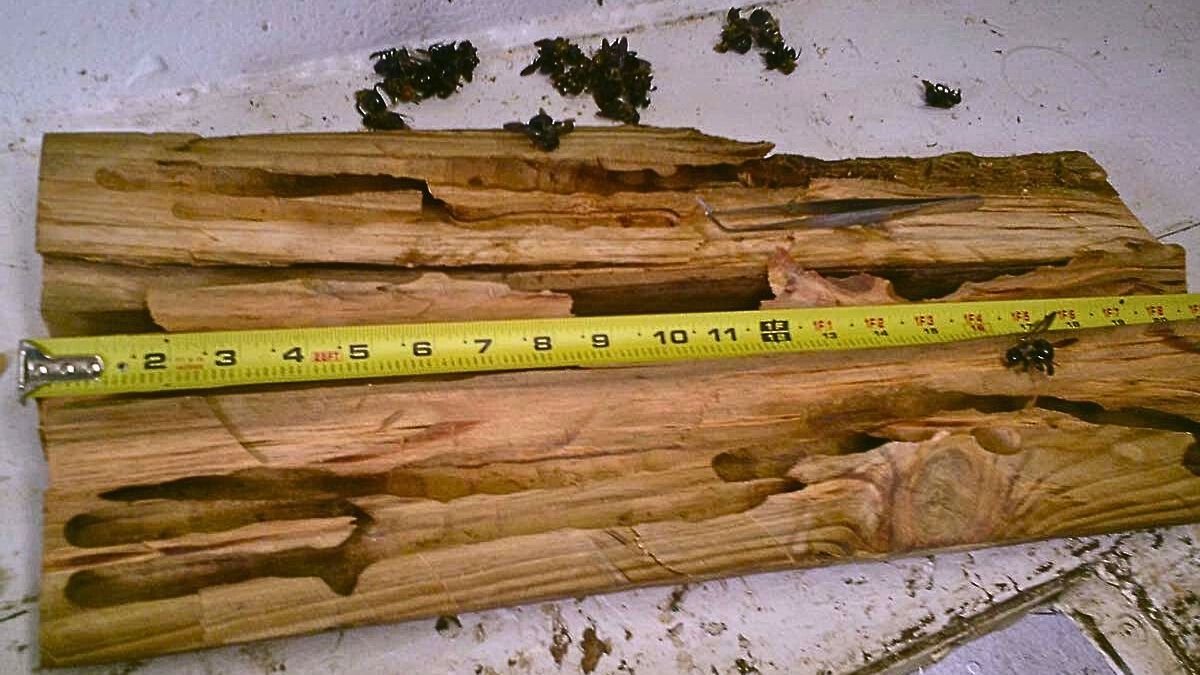
Stop the cycle with traps that actually work—BB PRO Carpenter Bee Traps. Clean. Simple. Brutally effective.
PS: Take a walk around your house today. If you see even one hole, don’t ignore it. It’s not going away. The bees are already planning their return.
They’re nearly perfect round holes, about the size of a dime (⅜ inch), often found in exposed wood like decks, fascia boards, fences, and eaves.

Usually 1–2 inches straight in, then they turn sharply and tunnel up to 6–8 inches or more along the grain of the wood.
Yes. They return to the same holes year after year—making untreated areas worse over time.
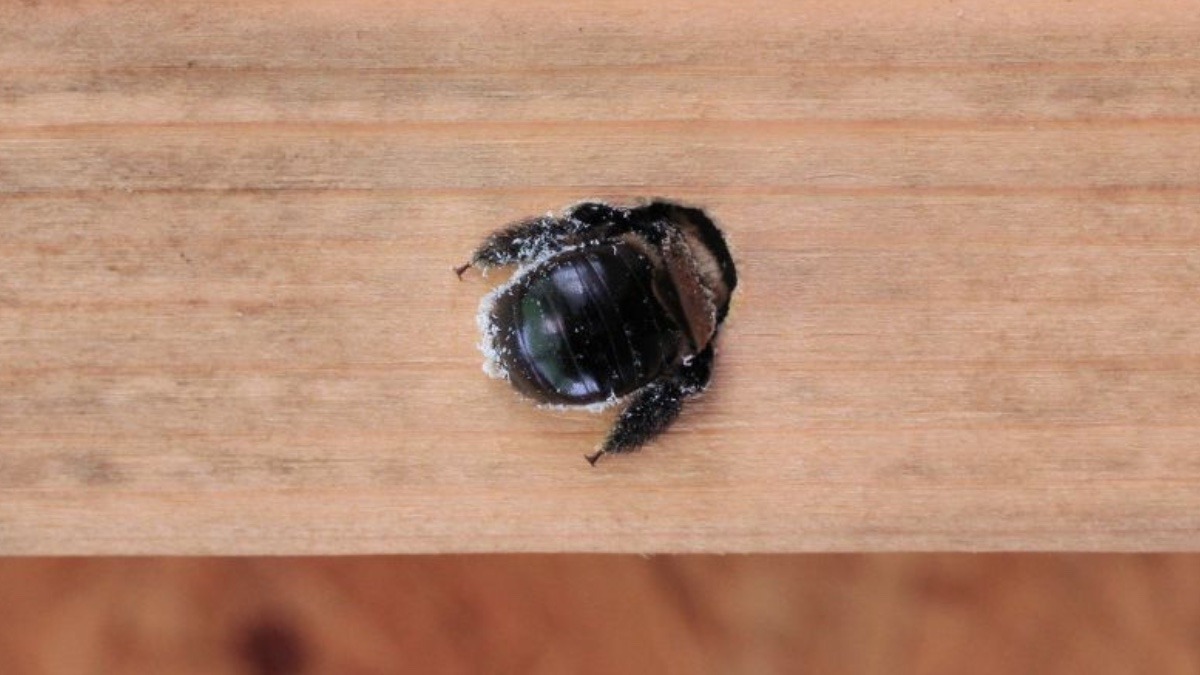
Yes — and do it with the right material. Carpenter bees can chew through wood filler, paint, caulk, foam — even dig around plugs.
That’s why BB PRO® uses patent-protected stainless steel screens they can’t push through or chew around. Sealing the hole stops the life cycle cold and blocks them from getting back in.
Yes. Over time, repeated boring weakens wood structures and invites other pests, including woodpeckers.
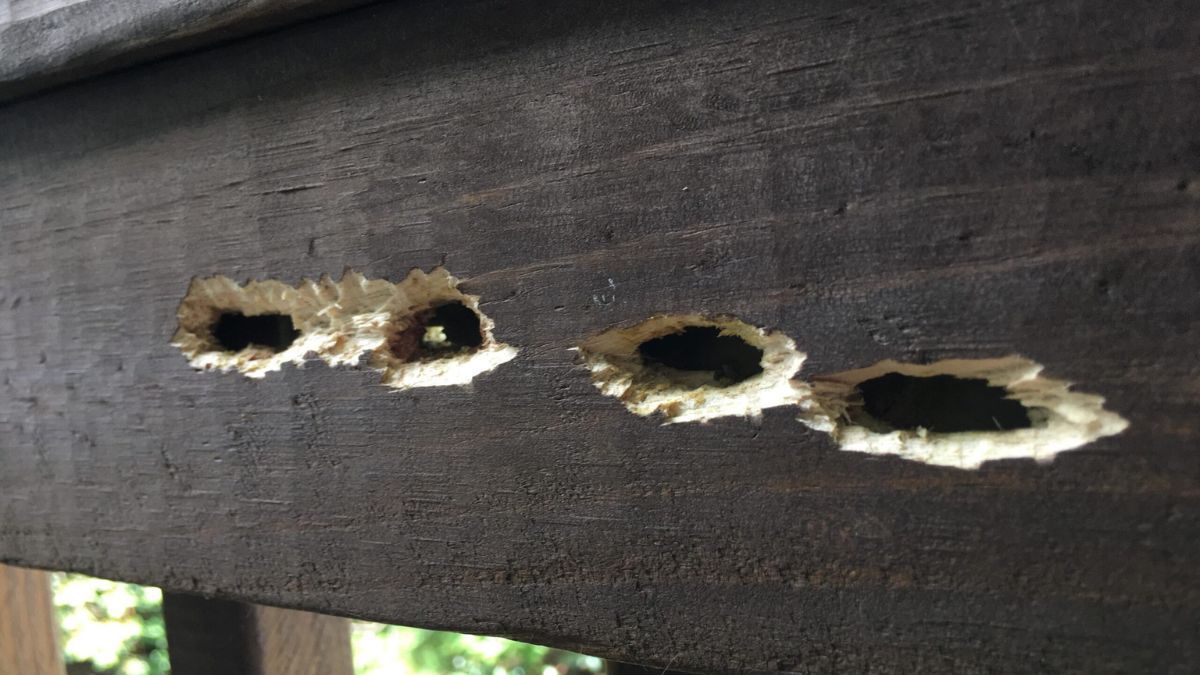
Early spring is ideal—before they start nesting. Late summer works too, after activity slows down. But make no mistake: carpenter bees are a year-round threat.
If you see holes forming now, don’t wait—seal them immediately to stop the damage and break the cycle.
Spot a new hole? Block it instantly with BB PRO® — the only patented stainless steel deterrent that traps them in, shuts them out, and stops the cycle for good.
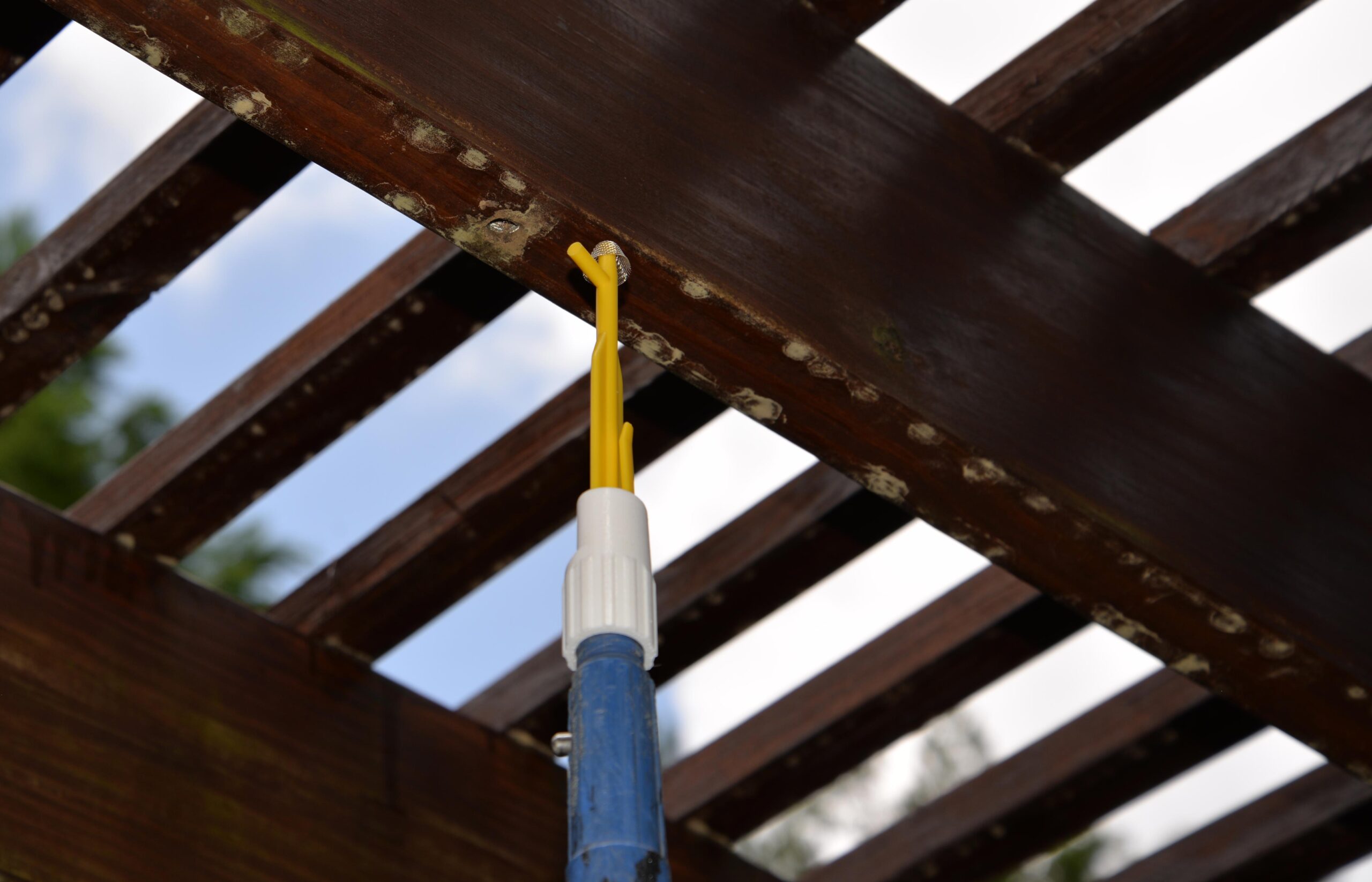

Relying on a bee house alone is like spraying perfume on a mold problem—you’re covering it up, not fixing it.
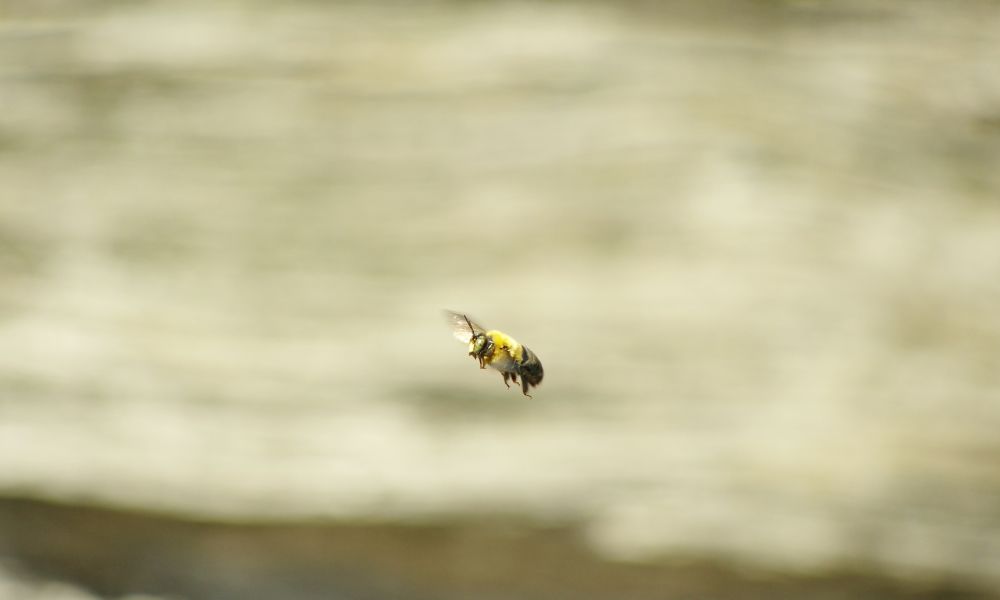
Cut off carpenter bee access, collapse the nest, and stop the damage—no sprays, no guesswork. Watch the video to see
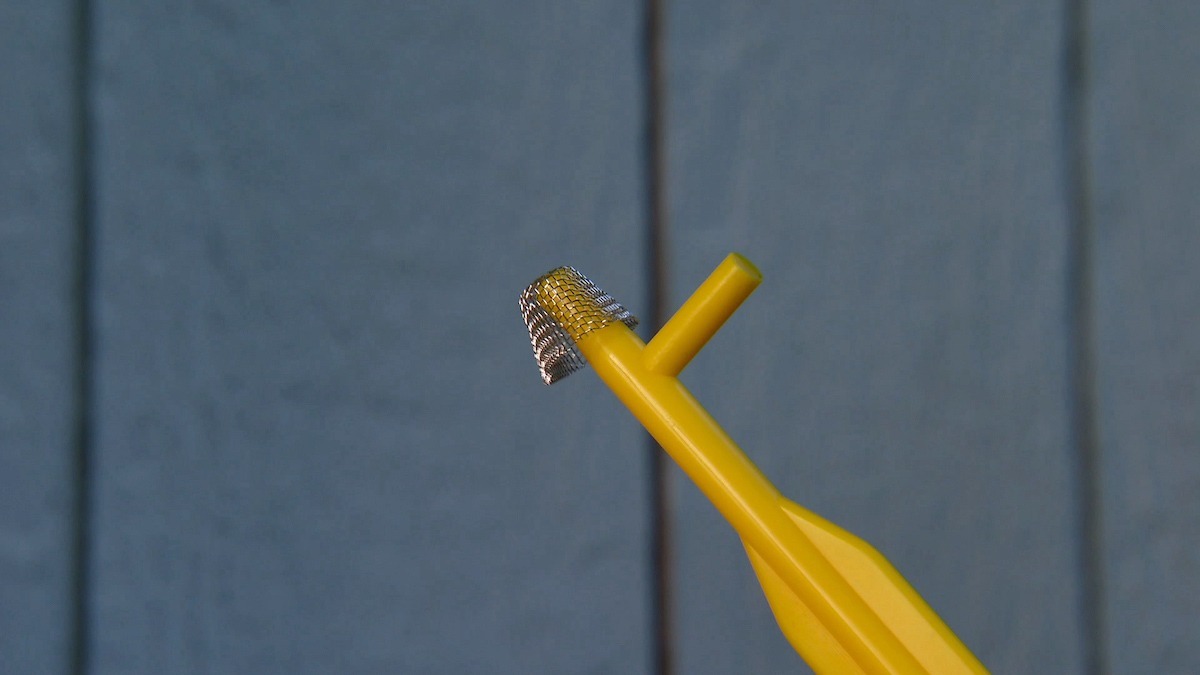
Blocking carpenter bee entry points isn’t just prevention — it collapses the entire nest by cutting off access, stopping the
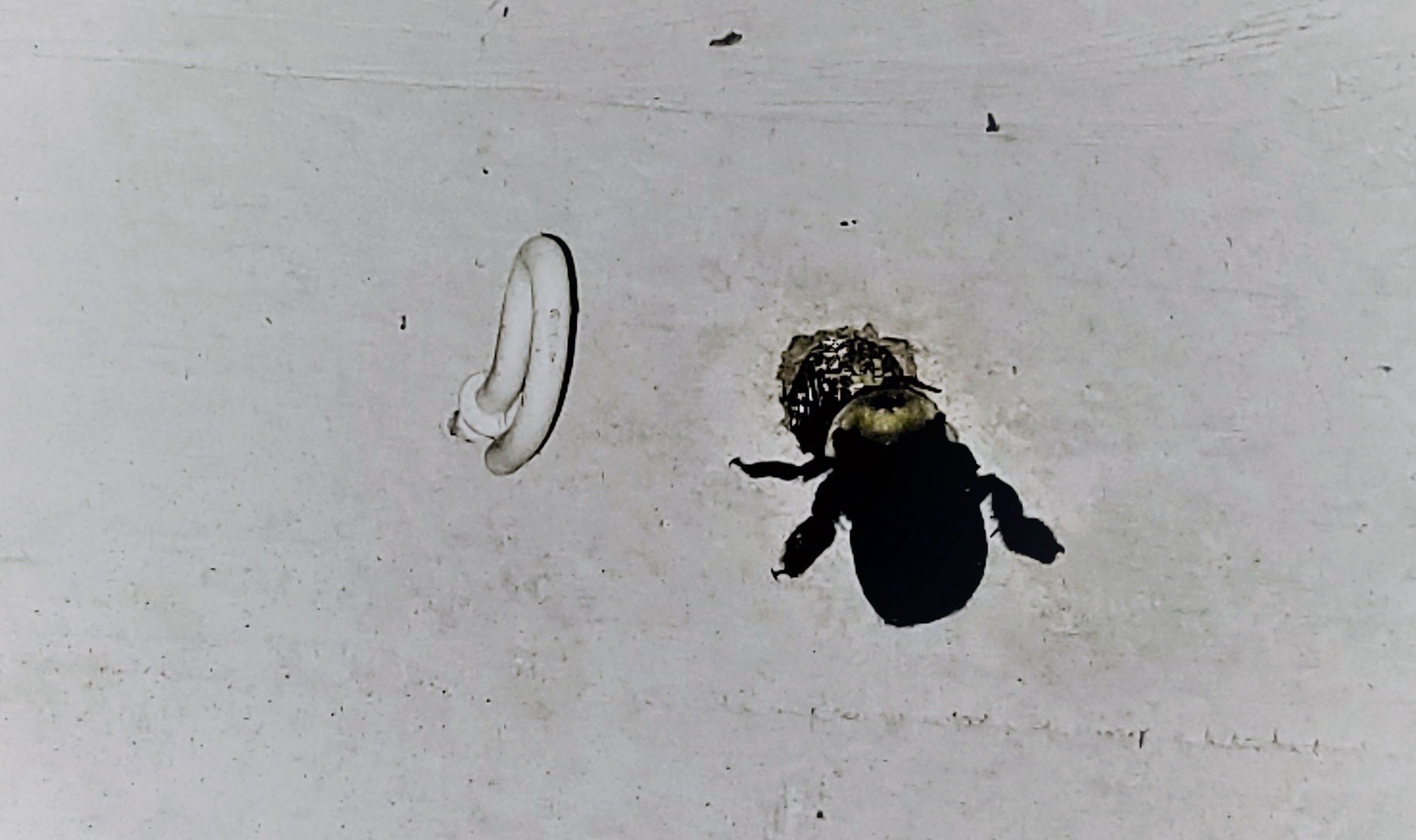
Blocking carpenter bee entry points isn’t just prevention — it collapses the entire nest by cutting off access, stopping the
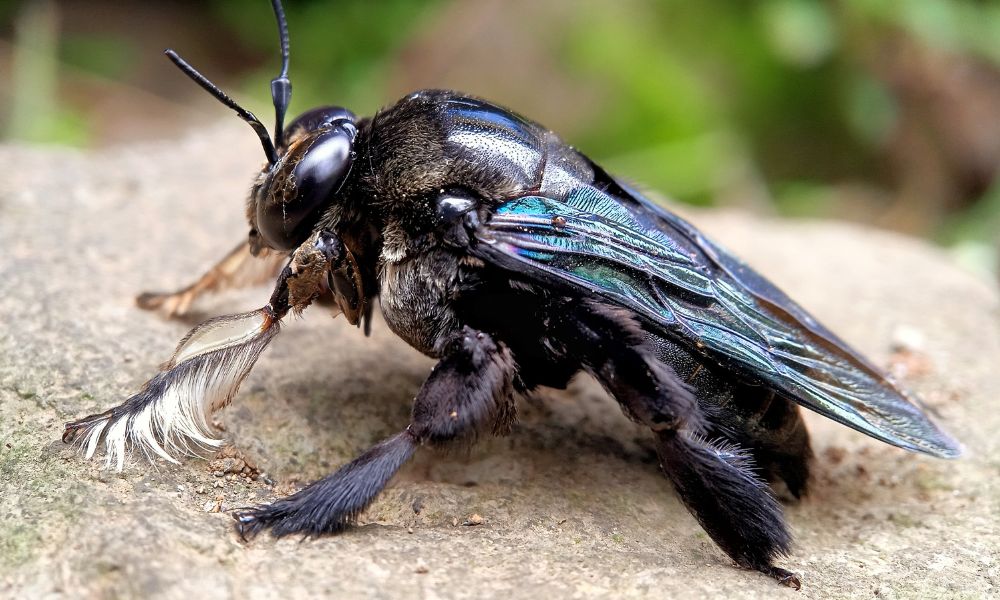
While carpenter bee bites are rare, the real threat lies in the damage they cause to your home.

You built a carpenter bee trap. Great. But your wood is still getting destroyed. Here’s the truth: Trap houses might
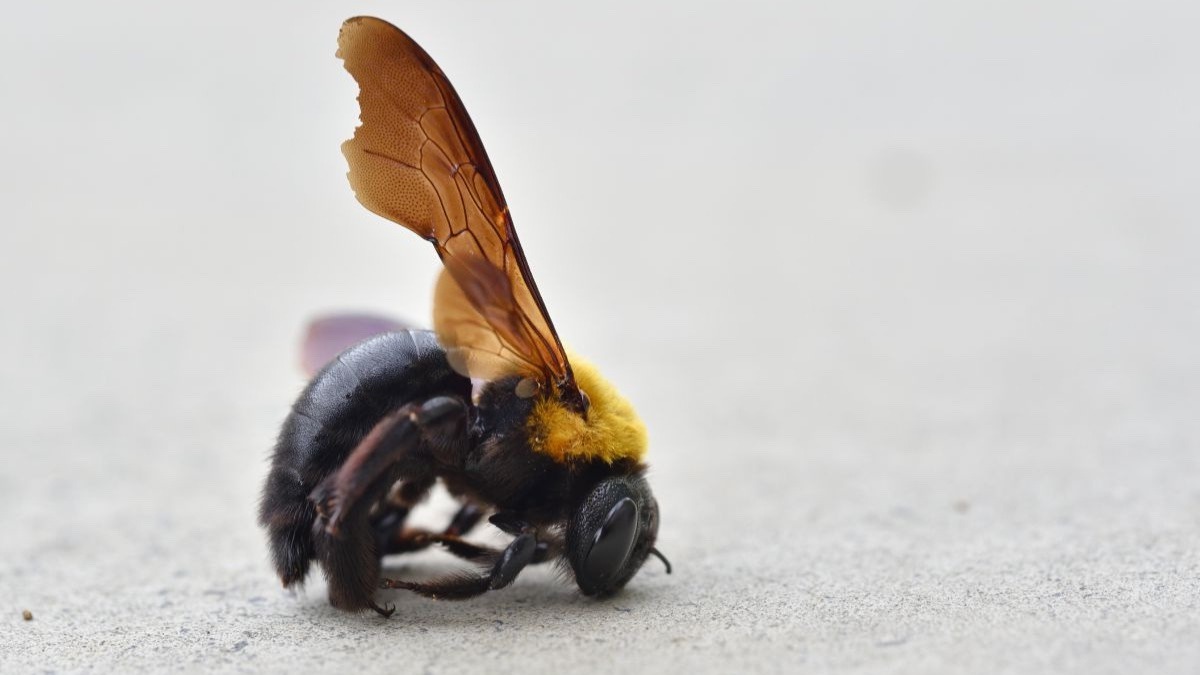
Looking for the best carpenter bee trap in 2025? The #1 trap doesn’t just catch bees—it keeps them from coming
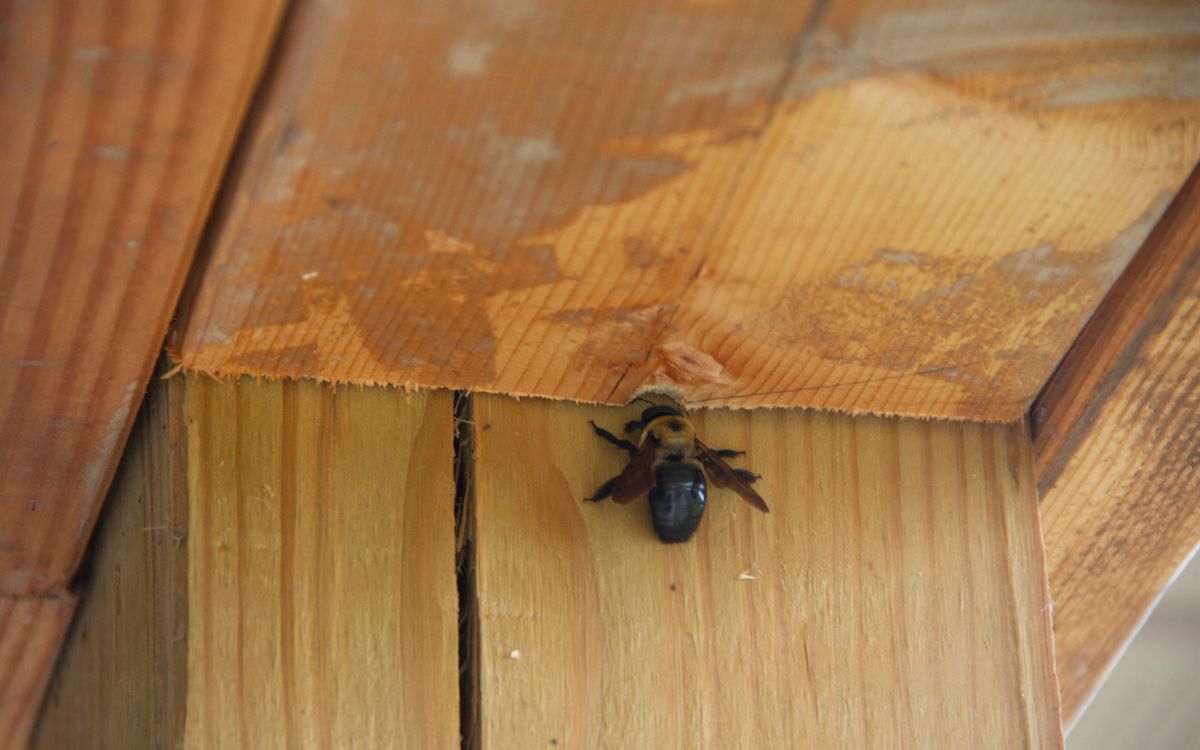
Carpenter bees don’t have to turn your home into Swiss cheese. With the Carpenter Bee Blocker Pro, you get a
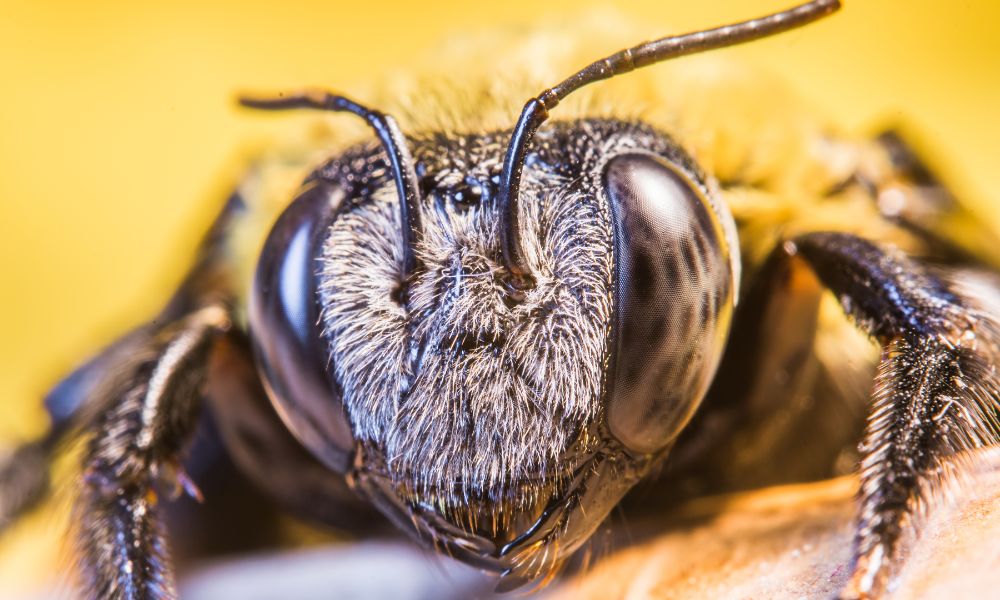
Join 10,000+ Who Trust BB PRO®